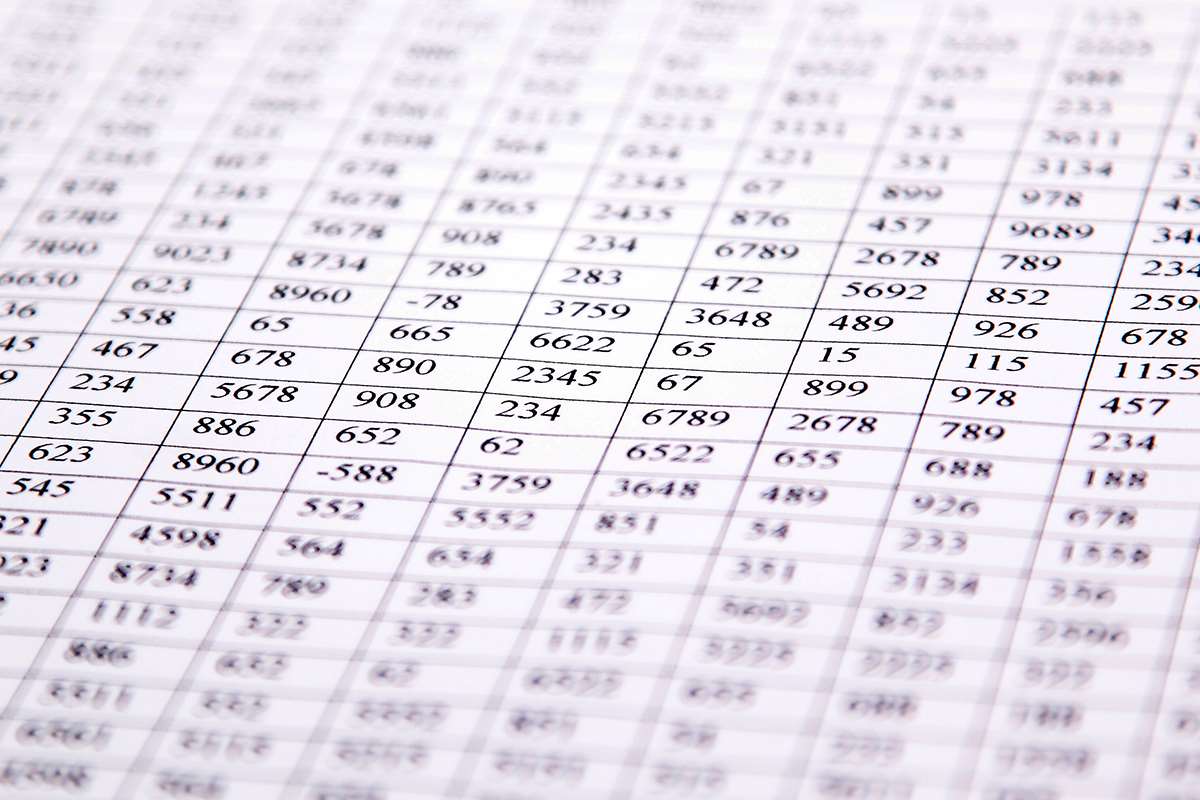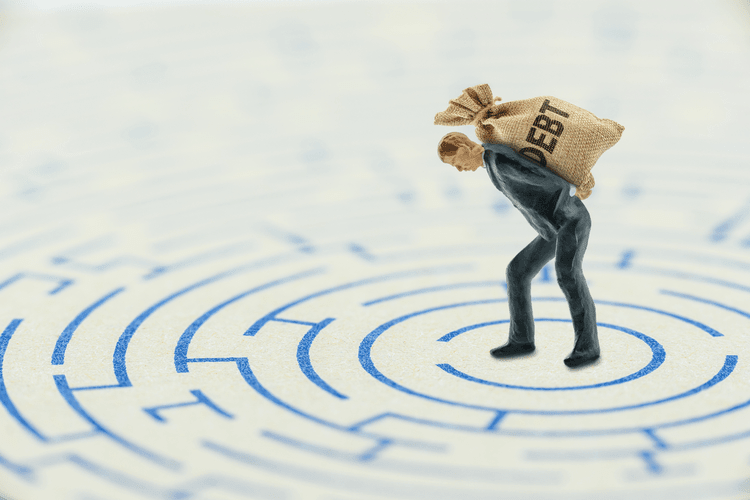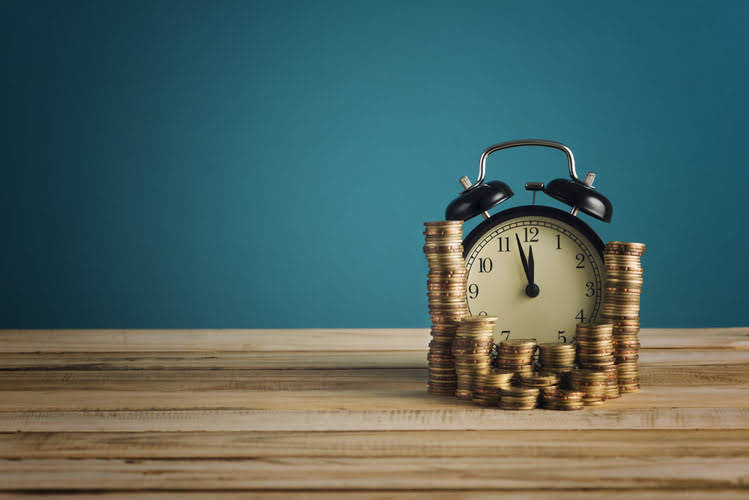Content

Non-current liabilities are debts due after a year, such as mortgages. For instance, if your small business has $10,000 in accounts payable and a $15,000 five-year loan, you would report $10,000 as a current liability and the $15,000 loan as a non-current liability. Balance sheets allow the user to get an at-a-glance view of classified balance sheet example the assets and liabilities of the company. Additional paid-in capital or capital surplus represents the amount shareholders have invested in excess of the common or preferred stock accounts, which are based on par value rather than market price. Shareholder equity is not directly related to a company’s market capitalization.
What classification of accounts are shown in the balance sheet section of a worksheet?
The first column lists the accounts for a company’s balance sheet and income statement. The balance sheet accounts include cash, accounts receivable, inventory, accounts payable, and owner’s capital. The income statement accounts include sales, marketing expenses, interest and taxes.
The most common current liabilities are accounts payable and accrued expenses. The balance sheet is a very important financial statement for many reasons. It can be looked at on its own and in conjunction with other statements like the income statement and cash flow statement to get a full picture of a company’s health. The bottom portion of the income statement reports the effects of events that are outside the usual flow of activities. In this case it shows the result of the company’s sale of some of its long-term investments for more than their original purchase price.
What Is A Classified Balance Sheet?
Long-term investments are securities that will not or cannot be liquidated in the next year. In contrast, an unclassified balance sheet is just the starting point. Fair disclosure is also one of the benefits offered by a classified balance sheet. In any balance sheet, it is possible to misrepresent information or misstate the facts. The data reported in the balance sheet is used by different users in different ways. However, the biggest use of the data is for financial ratio analysis.

An unclassified balance sheet does not have sub-totals, clearly defined categories, and accompanying notes. Whichever type of balance sheet is adopted by a business or individual, the usefulness of the balance sheet for financial analysis is undeniable. The classified balance sheet is the most commonly used type of balance sheet. It becomes easier for the reader of the financial statements to understand the balance sheet’s information. There are no set criteria on how many sub-categories can be created and it will ultimately depend on what level of detail is required by the management. The two most common categories that are used in a classified balance sheet are current and long-term. Fixed assets are shown in the balance sheet at historical cost less depreciation up to date.
How To Use The Accounting Equation With Classified Balance Sheets
Using accounting conventions makes your financial statements comparable and realistic. For example, the principle of consistency requires accountants to apply standards consistently year after year. From the presentation viewpoint, liabilities or liabilities portion is balance sheet is further sub-divided into two main categories i.e. non-current or long-term liabilities and the current liabilities. In this accounting course, we have already described that the current trend of presenting elements of balance sheet revolve around two main categories i.e. Both Assets and liabilities are recorded under these two main categories.

The internal capital structure policy/decisions of a company will determine how much of long-term debt is raised by a company. The one major downside of high debt levels in the accompanying higher levels of financial leverage which could severely amplify a company’s losses during an economic downturn. A deferred expense or prepayment, prepaid expense , is an asset representing cash paid out to a counterpart for goods or services to be received in a later accounting period.
Limitations Of The Balance Sheet
Attributing preferred shares to one or the other is partially a subjective decision. Balance sheets are usually prepared at the close of an accounting period, such as month-end, quarter-end, or year-end. Equity is a very simple section of a classified balance sheet and is not very different from that of a non-classified balance sheet.
- Cash and cash equivalents are the most liquid assets found within the asset portion of a company’s balance sheet.
- Each type of asset should have its own contra account to capture accumulated depreciation.
- A second category of assets presented on the classified balance sheet includes long-term assets.
- The term balance sheet refers to a financial statement that reports a company’s assets, liabilities, and shareholder equity at a specific point in time.
- For example, if you have a note or loan that obligates you for more than 12 months of payments, the principal due for 12 months is recorded as a current liability and the balance is a long-term liability.
Attributing preferred shares to one or the other is partially a subjective decision, but will also take into account the specific features of the preferred shares. When used to calculate a company’s financial leverage, the debt usually includes only the long term debt . The current ratio, which is the simplest measure and is calculated by dividing the total current assets by the total current liabilities. However, some current assets are more difficult to sell at full value in a hurry. Financial statement analysis consists of applying analytical tools and techniques to financial statements and other relevant data to obtain useful information. This information reveals significant relationships between data and trends in those data that assess the company’s past performance and current financial position. The information shows the results or consequences of prior management decisions.
Classified Balance Sheet Example
Potential investors who are looking into the health and value of a company to help them decide whether or not to invest in it. As we touched on, the balance sheet is not useful as a projection tool on its own. The offers that appear in this table are from partnerships from which Investopedia receives compensation. Investopedia does not include all offers available in the marketplace.
Jacobs Engineering Group Inc (J) Q4 2021 Earnings Call Transcript – Motley Fool
Jacobs Engineering Group Inc (J) Q4 2021 Earnings Call Transcript.
Posted: Tue, 23 Nov 2021 21:00:53 GMT [source]
Cash equivalents are assets that are readily convertible into cash, such as money market holdings, short-term government bonds or treasury bills, marketable securities and commercial papers. All fixed assets are shown on the balance sheet at original cost, minus any depreciation. Subtracting depreciation is a conservative accounting practice to reduce the possibility of over valuation.
Unclassified Balance Sheet
Depreciation affects the carrying value of an asset on the balance sheet. The historical cost will equal the carrying value only if there has been no change recorded in the value of the asset since acquisition. Historical cost is criticized for its inaccuracy since it may not reflect current market valuation.
- Accounts PayableAccounts payable is the amount due by a business to its suppliers or vendors for the purchase of products or services.
- Show bioTammy teaches business courses at the post-secondary and secondary level and has a master’s of business administration in finance.
- As always, the total of assets must be equal to the total of liabilities and owner’s equity.
- That’s because a company has to pay for all the things it owns by either borrowing money or taking it from investors .
- The internal capital structure policy/decisions of a company will determine how much of long-term debt is raised by a company.
- Current assets most commonly used by small businesses are cash, accounts receivable, inventory and prepaid expenses.
An income statement shows a company’s revenue and expenses for a period of time. It provides information relating to returns on investments, risks, financial flexibility, and operation capabilities. Most companies produce a multi-step income statement, which documents how a firm produces net income.
List Of General Ledgers For A Small Business
The classified balance sheet makes sure that all these calculations are properly communicated to the reader. Although there are no set rules for these classifications as an implicit industry practice, most businesses prefer reporting assets and liabilities based on a time horizon. A classified balance sheet is a financial document that not only sub-categories the assets, liabilities, and shareholder equity but also presents meaningful classification within these broad categories. Simply put, it presents the financial status of the firm, to the user in a more readable format. It is one step ahead of the balance sheet, which is nothing but a way of representing the valuation of the assets and liabilities. A classified balance sheet includes assets, liabilities, and equity, along with subcategories such as current and long-term to give an idea of how long a company will own their assets or owe liabilities. Common current liabilities include accounts payable, accrued expenses, current portions of long-term debt, and shareholder loans.
Spotlight: taxation of executives in Russia – Lexology
Spotlight: taxation of executives in Russia.
Posted: Mon, 01 Nov 2021 07:00:00 GMT [source]
This chapter focuses on the presentation of financial statements, including how financial information is classified and what is disclosed. Similar to the assets category, there are distinctions on the balance sheet for current and long-term liabilities. A balance sheet is one of your business’s most important financial statements. In fact, a balance sheet offers a snapshot of the business’s overall health at the time of the report.
Balance Sheet Template
In general, legal intangibles that are developed internally are not recognized, and legal intangibles that are purchased from third parties are recognized. Therefore, there is a disconnect–goodwill from acquisitions can be booked, since it is derived from a market or purchase valuation. However, similar internal spending cannot be booked, although it will be recognized by investors who compare a company’s market value with its book value. Current assets are those assets which can either be converted to cash or used to pay current liabilities within 12 months. Current assets include cash and cash equivalents, short-term investments, accounts receivable, inventories and the portion of prepaid liabilities paid within a year. Investors, creditors, and regulatory agencies generally focus their analysis of financial statements on the company as a whole.
- Return on Invested Capital – ROIC – is a profitability or performance measure of the return earned by those who provide capital, namely, the firm’s bondholders and stockholders.
- Shareholder equity is not directly related to a company’s market capitalization.
- Subtracting depreciation is a conservative accounting practice to reduce the possibility of over valuation.
- The operating cash flow ratio can be calculated by dividing the operating cash flow by current liabilities.
- After the assets, liabilities with several sub-classifications are shown, including long-term liabilities, owner’s equity, and current liabilities.
- Shareholder equity is the money attributable to the owners of a business or its shareholders.
Share capital is the capital raised by a business to fund the business activities. It further includes initial paid-up capital and additional paid-up capital. Non-current liabilities are long-term liabilities, and they are extended over many years. Here is the list of detailed classifications most of the classified balance sheet contains. The bankers can easily access the liquidity of an organization through analyzing a classified balance sheet.
How are expenses classified on the income statement?
Expenses in an income statement are either classified by their nature or by their function. An income statement by nature is the one in which expenses are disclosed according to categories they are spent on, such as raw materials, transport costs, staffing costs, depreciation, employee benefit etc.
Using accounting software, for example, leverages technology to handle all the number crunching. Financing activities occur when a company earns money from a stock or bond issue. The financing category also accounts for cash repayments to investors. The cash flow statement documents a company’s cash inflows and outflows. But you also incurred expense line items—advertising costs, sales commissions, and home office costs—to operate your business in May.

Author: Edward Mendlowitz
